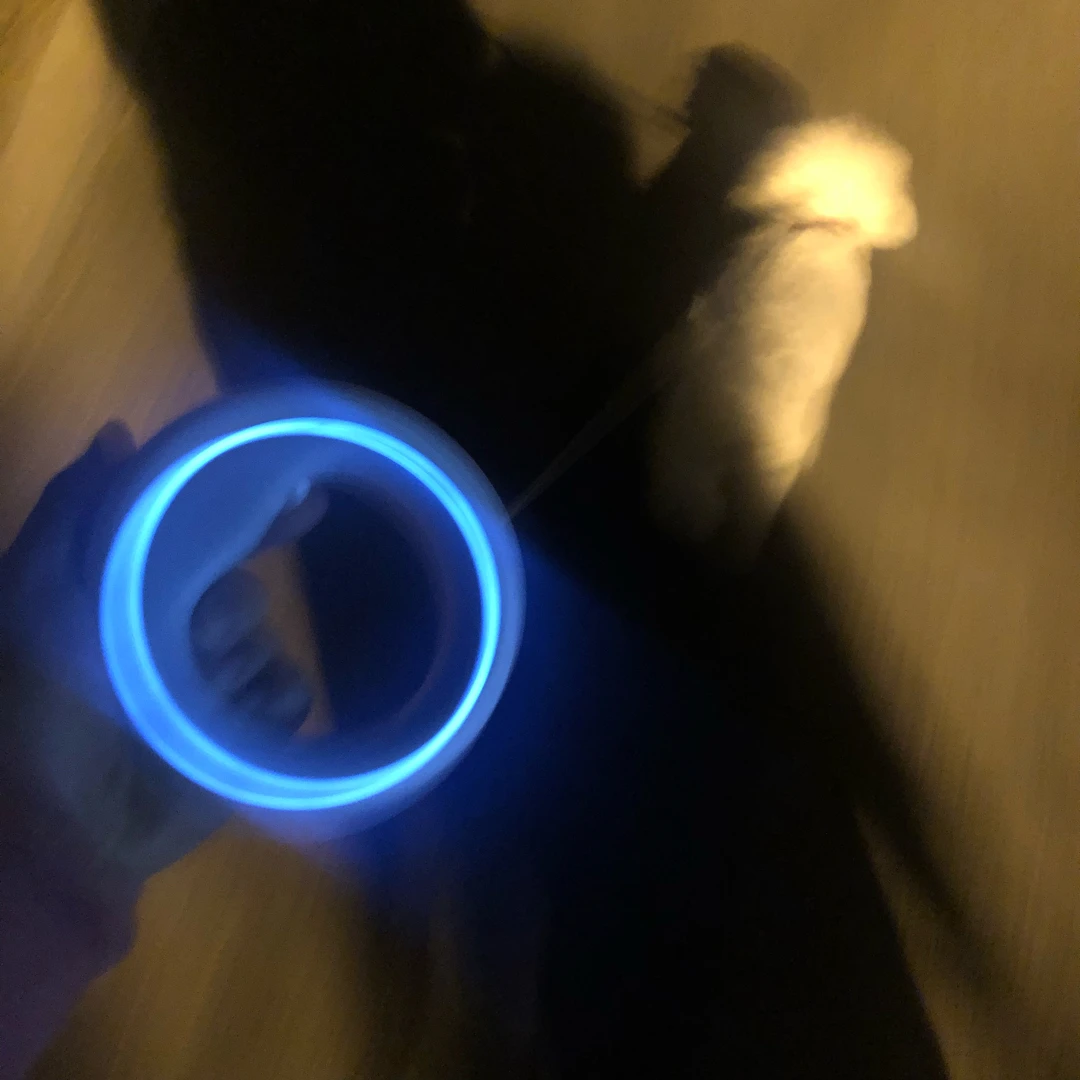

- #Car battery power converter full#
- #Car battery power converter plus#
- #Car battery power converter series#
Most home Inverters are rated for 12 Volt batteries and have a charging circuit to recharge batteries at 13–14 Volts. You can charge a car battery with an Inverter. Can you Charge a Car Battery Using an Inverter? With the plates restored to their original condition, the process may be repeated. When the battery is recharged, the chemical reaction is reversed. As the battery discharges, the acid of the electrolyte reacts with the materials of the plates, changing their surface to lead sulfate. This drives the electrons through the external circuit wire (an electrical conductor) to produce an electric current. During discharge, at the negative terminal a chemical reaction releases electrons to the external circuit, and at the positive terminal, another chemical reaction absorbs electrons from the external circuit.
#Car battery power converter full#
Each cell provides 2.1 volts for a total of 12.6 volts at full charge.
#Car battery power converter series#
Understanding Car Batteriesīatteries are typically made of six galvanic cells in a series circuit. Lead-Acid Batteries also work in short bursts to provide power to the starter motor. Unlike the other batteries Lead-Acid batteries are sealed hence they cannot be serviced. These are the batteries with the lowest maintenance.

Regardless of the use, the life span of the Li-ion batteries is short which is about 3-4 years.
#Car battery power converter plus#
Another plus positive is that these batteries weigh less than conventional car batteries of the same power. As compared to the other batteries the Li-ion battery significantly stores more charges. The recent hybrid vehicles and electric cars use a Li-ion battery. A Lithium-ion Battery has become famous for the last few years. This is a very incompatible battery of the lot. Each cell provides 2.1 volts to give a total output of about 12.6 volts at full charge. The SLI batteries are made up of 6 galvanic cells oriented in a series format which forms a system and provides 12-volts. This type of battery can deliver power in short bursts of time like the starter motor of the car. That is the time for the battery to charge and then discharge is fairly less. An SLI battery has a very short charge cycle. Like the name suggests, apart from starting the car, it powers all the electronics like the interior and exterior lights, infotainment system, etc. Most of the vehicles on the road comes with starting, lighting, and ignition batteries or for short SLI batteries. Starting, Lighting, and Ignition Batteries (SLI): The various types of car batteries include: 1. Over the year after numerous cycles, the battery will eventually die and needs to be replaced. The running engine charges the battery in the car. Functions like starting your car, providing power to the infotainment system, headlights, etc. Though small, it plays many major roles in running the vehicle smoothly. The car batteries in a vehicle should not be judged on its size. Once the engine is running, power for the car's electrical systems is still supplied by the battery, with the alternator charging the battery as demands increase or decrease. Its main purpose is to provide an electric current to the electricity-powered starting motor, which in turn starts the chemically-powered internal combustion engine that actually propels the vehicle. Back to the question, can inverters charge battery? Yes an inverter is meant to charge batteries which is a storage medium for power.Ī car battery is a rechargeable battery that is used to start a motor vehicle. Circuits that perform the opposite function, converting AC to DC, are called rectifiers. Power inverters are primarily used in electrical power applications where high currents and voltages are present circuits that perform the same function for electronic signals, which usually have very low currents and voltages, are called oscillators. A power inverter can be entirely electronic or may be a combination of mechanical effects and electronic circuitry. The inverter does not produce any power the power is provided by the DC source. The input voltage, output voltage and frequency, and overall power handling depend on the design of the specific device or circuitry. Inverters do the opposite of “converters” which were originally large electromechanical devices converting AC to DC. The resulting AC frequency obtained depends on the particular device employed. Epochem Cleaning and Maintenance ChemicalsĪ power inverter, or inverter, is a power electronic device or circuitry that changes direct current (DC) to alternating current (AC).


 0 kommentar(er)
0 kommentar(er)
